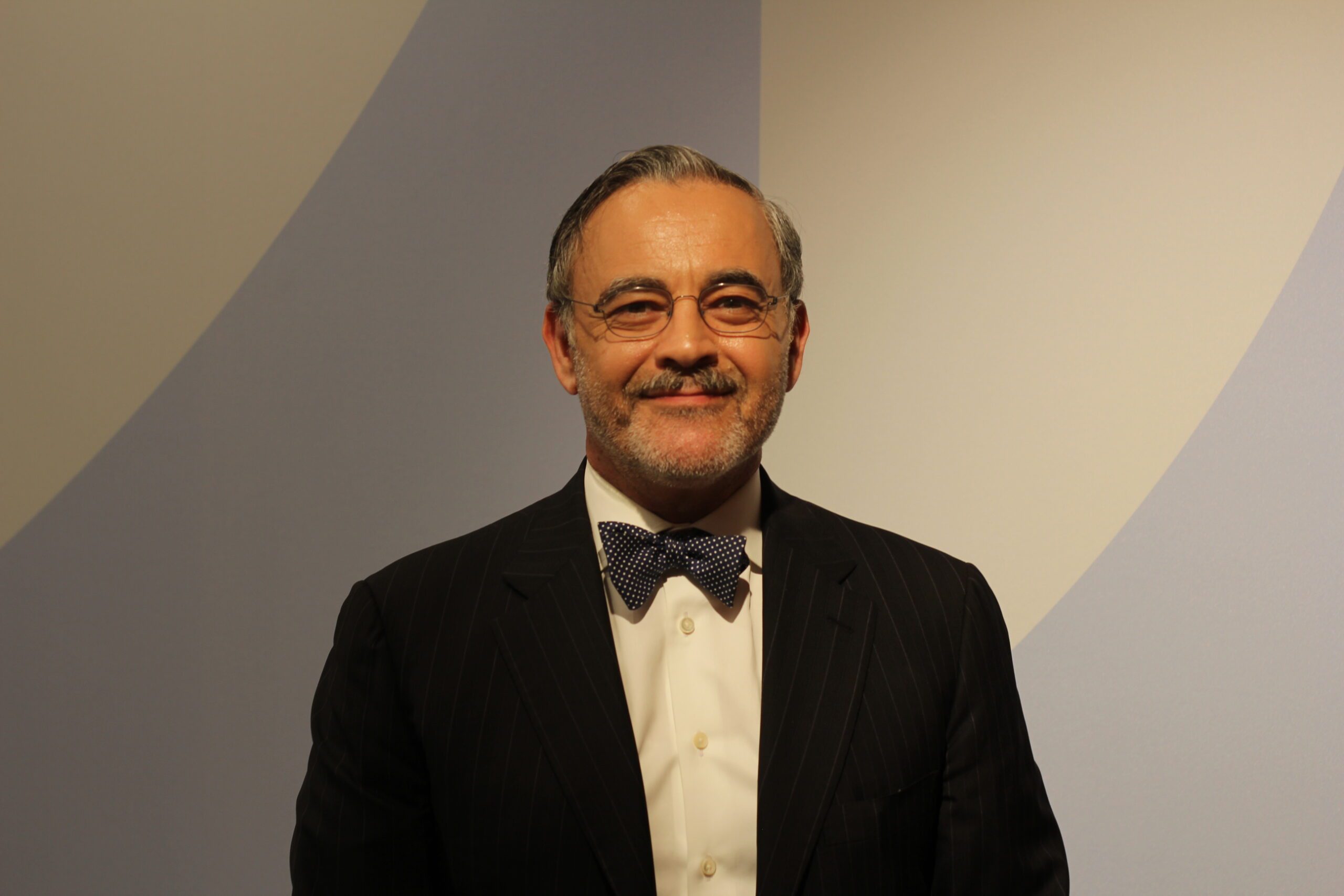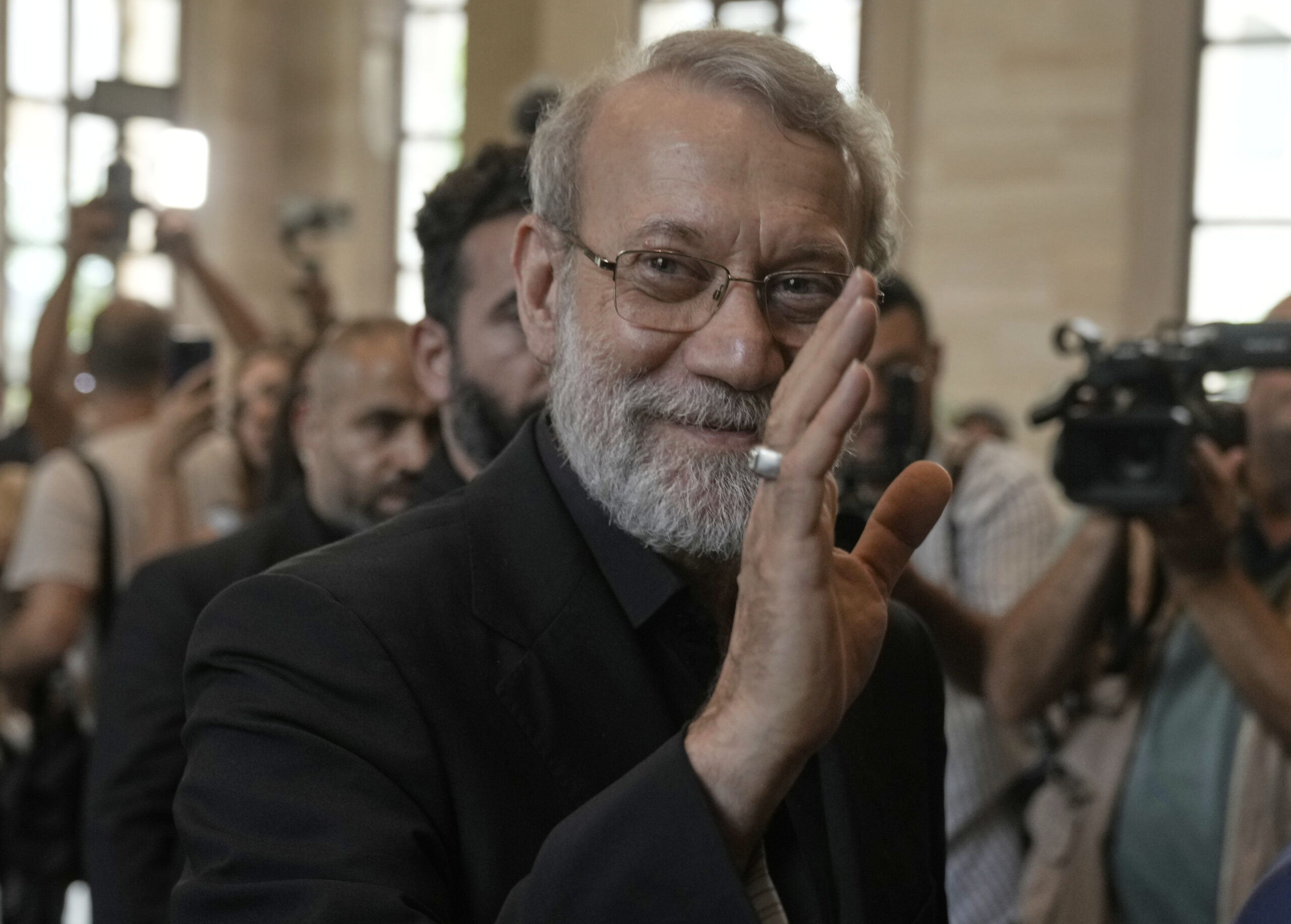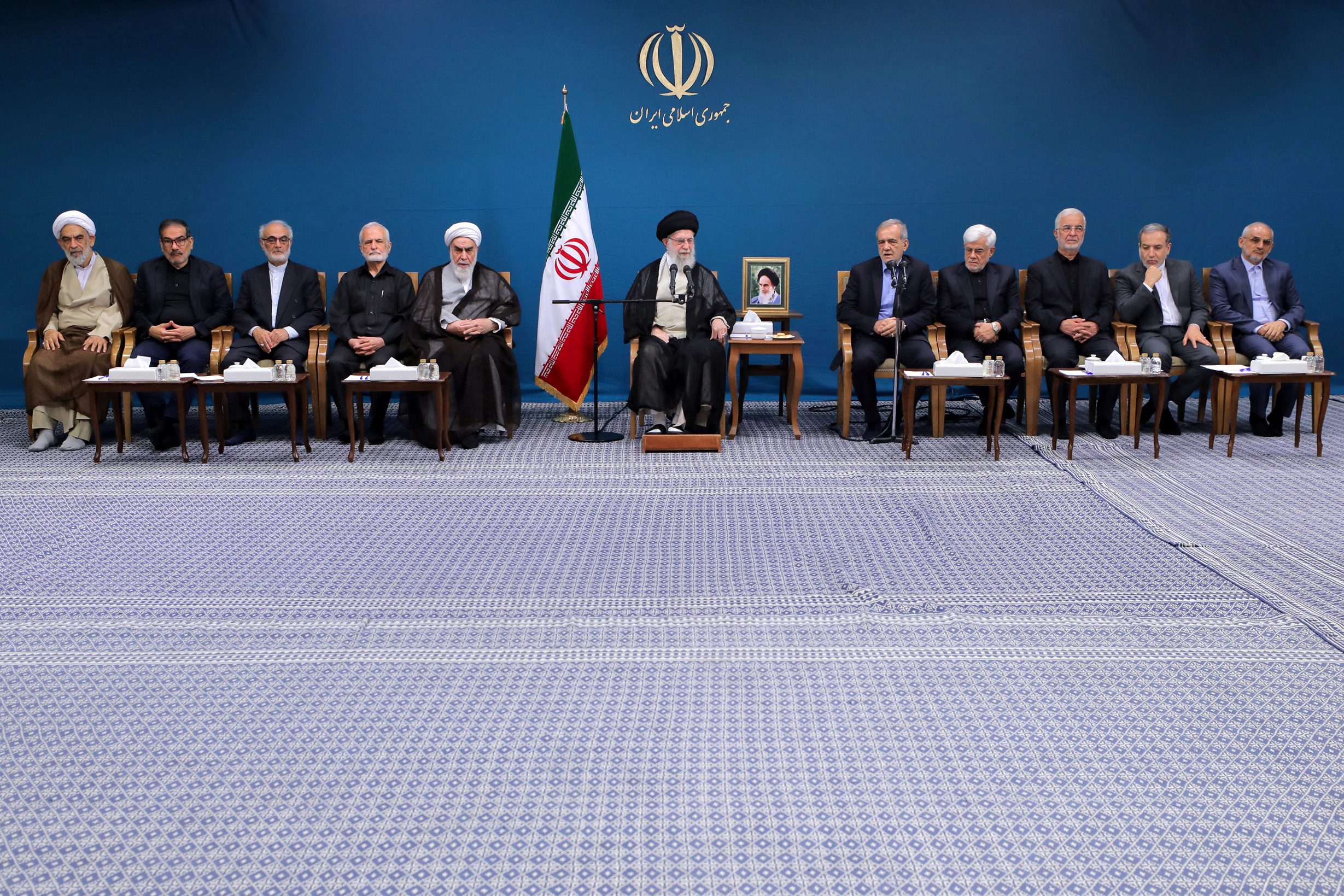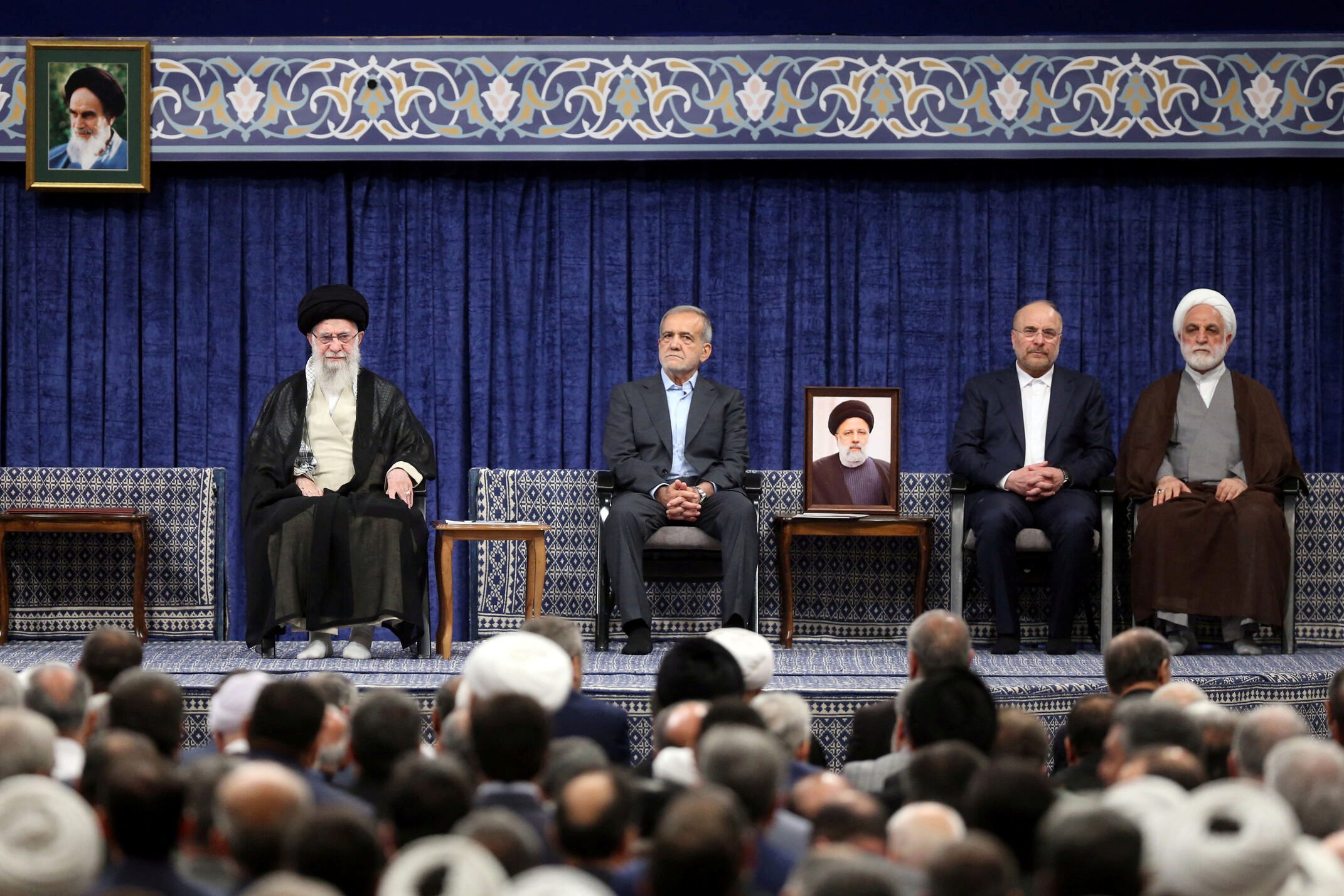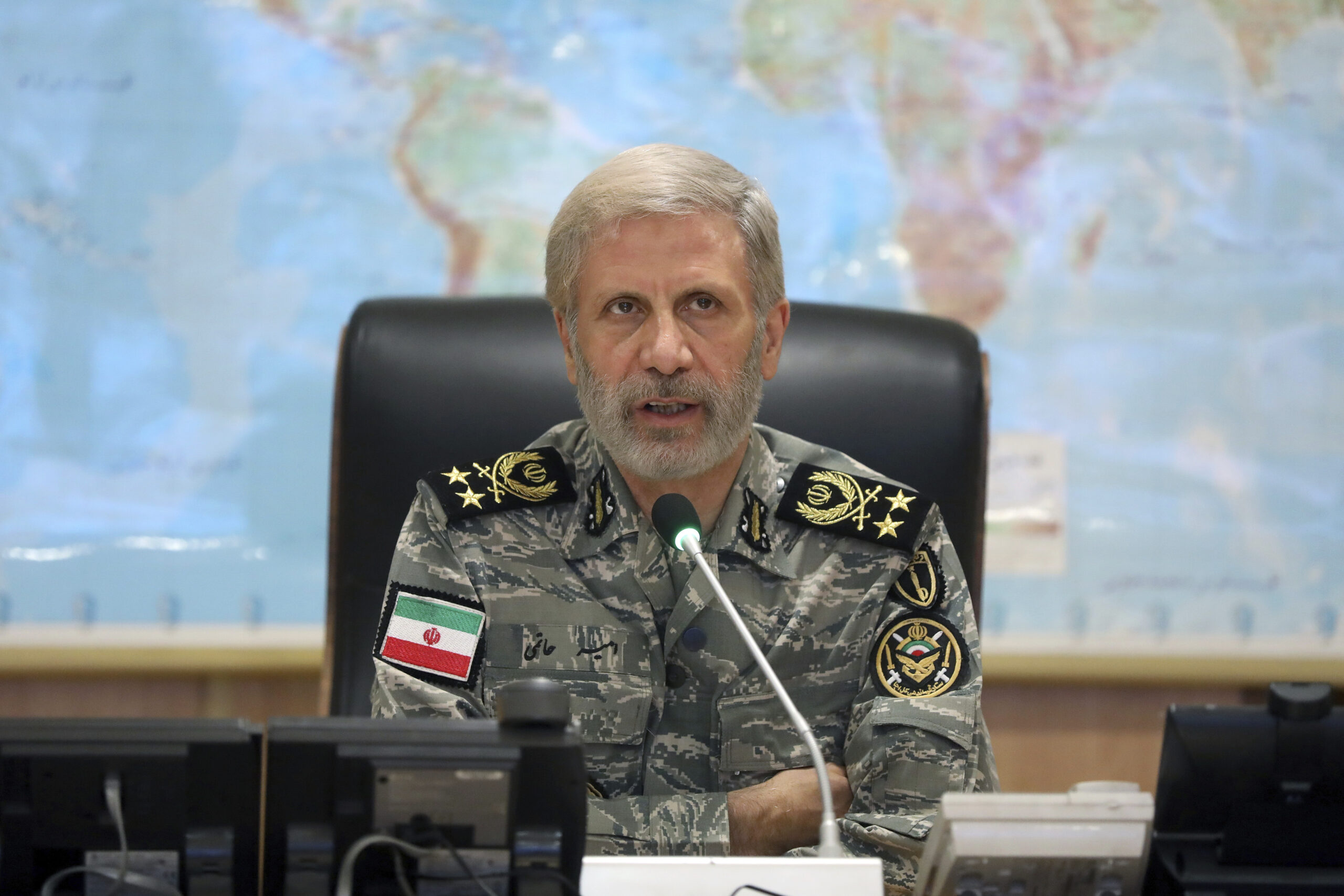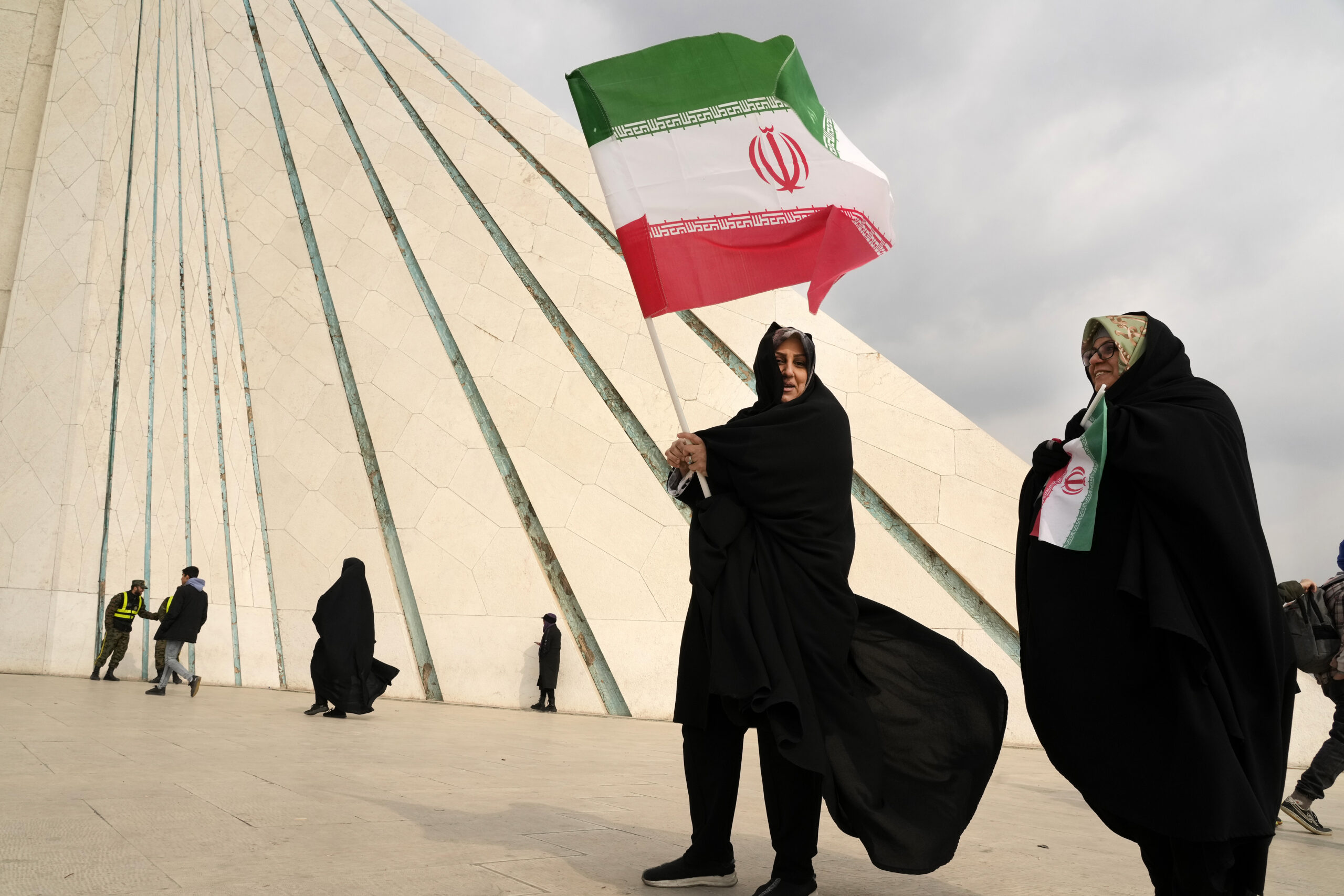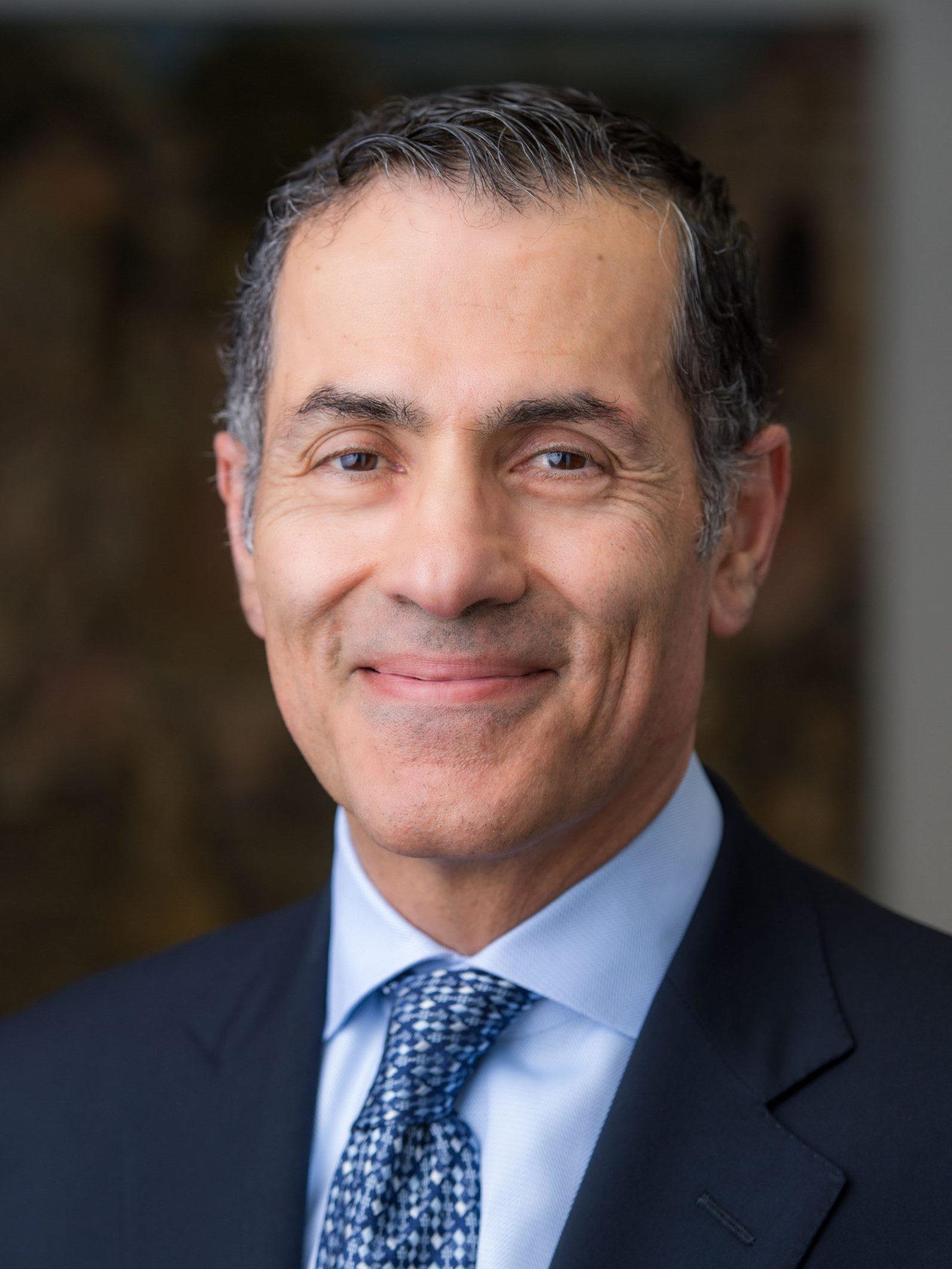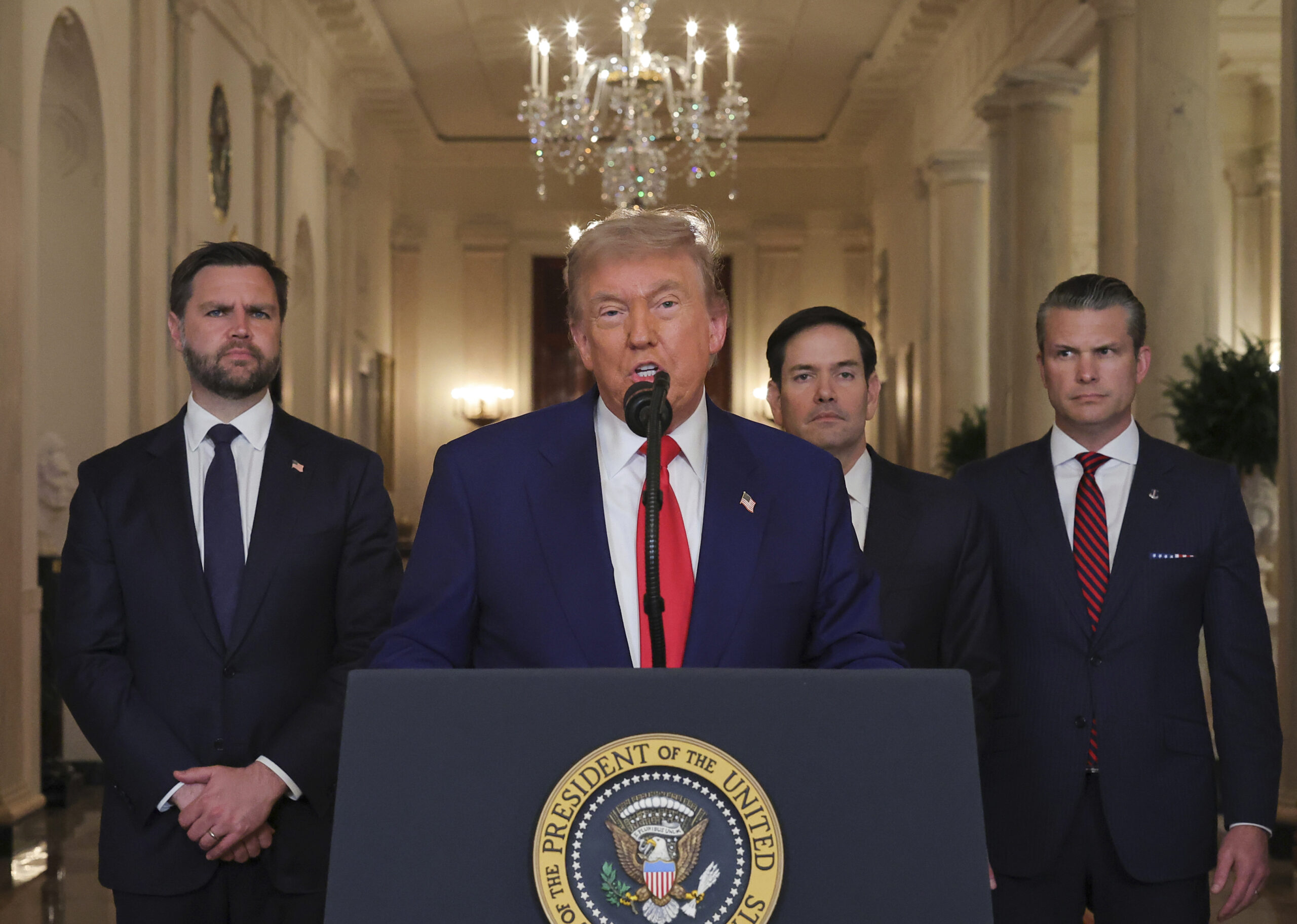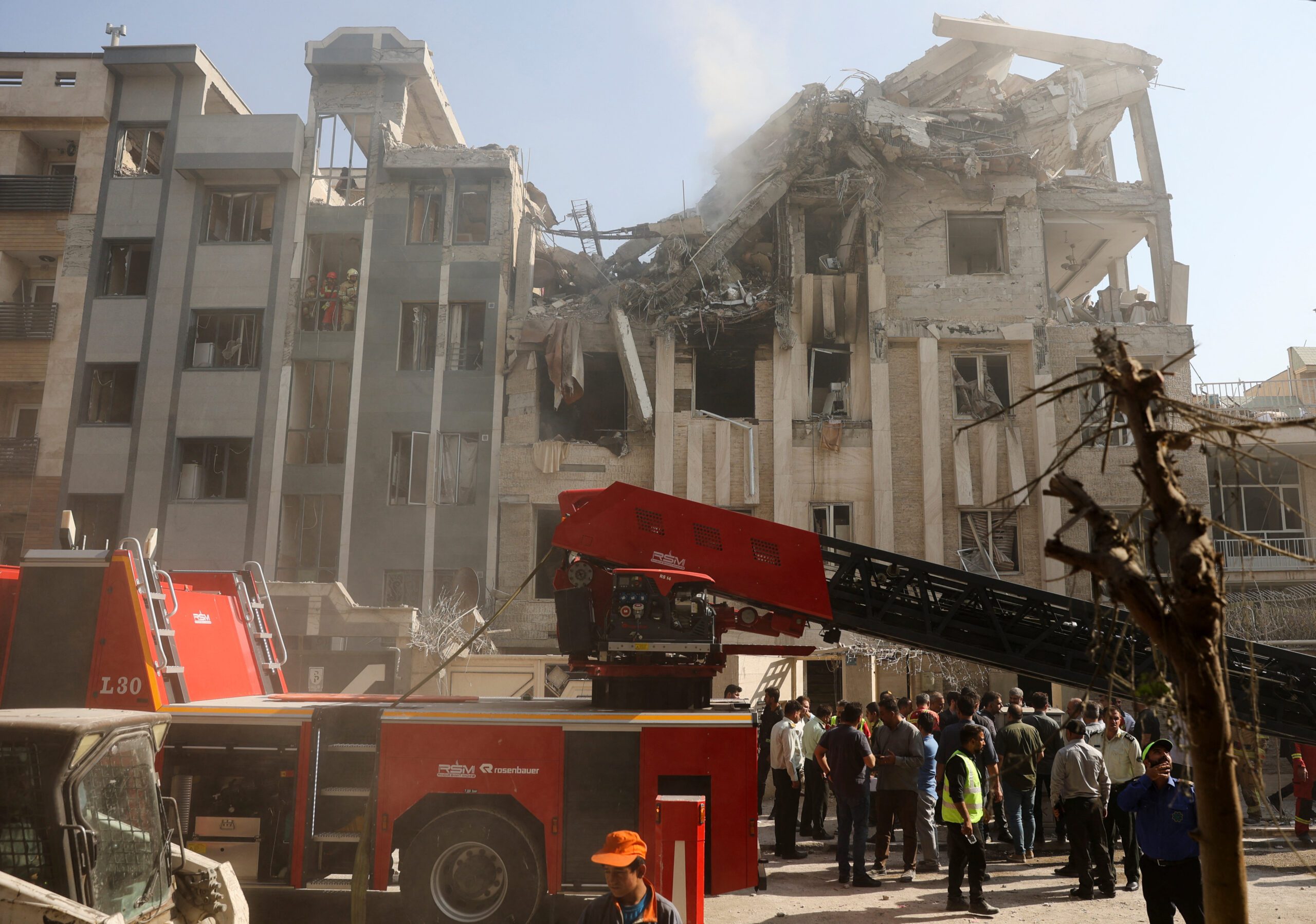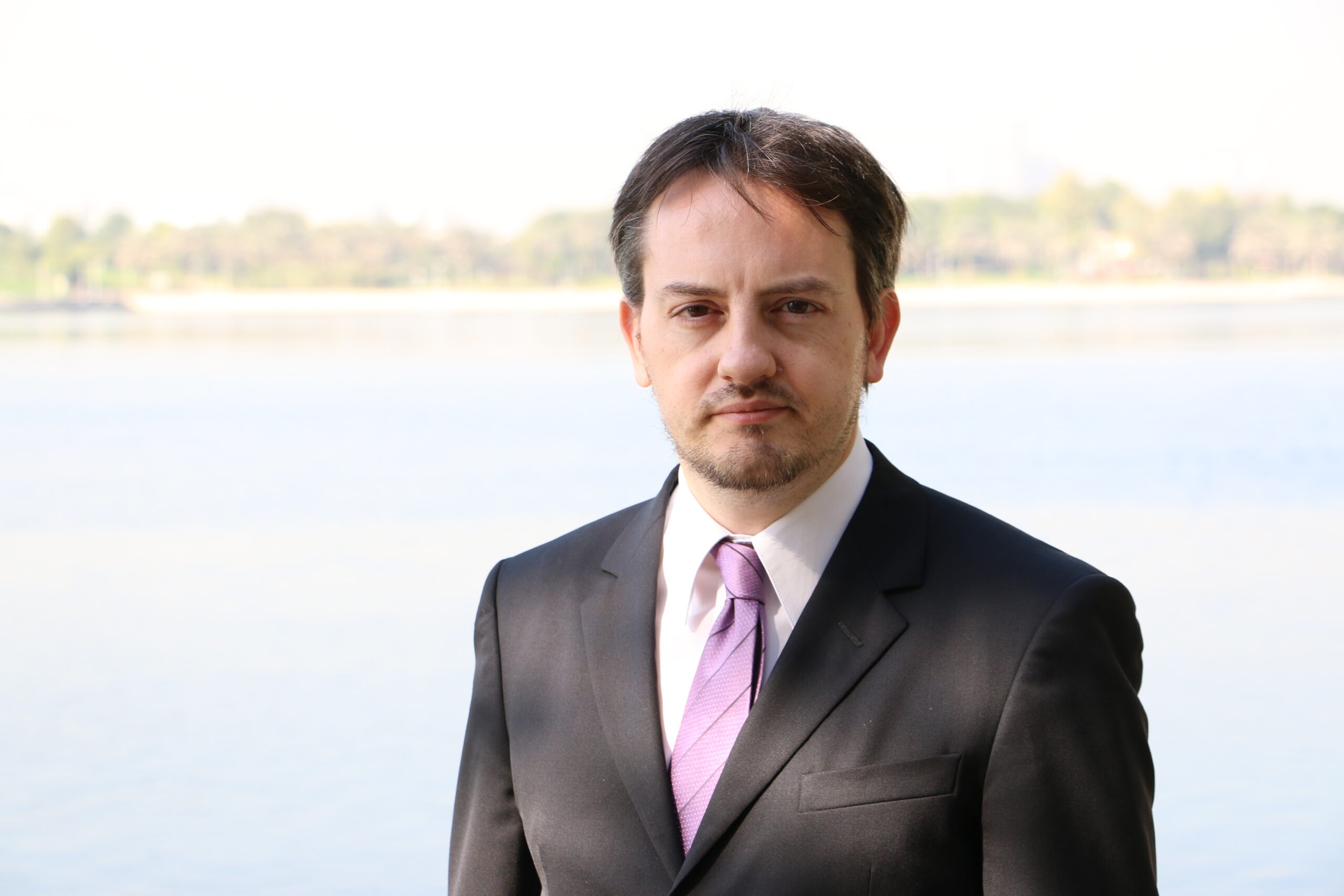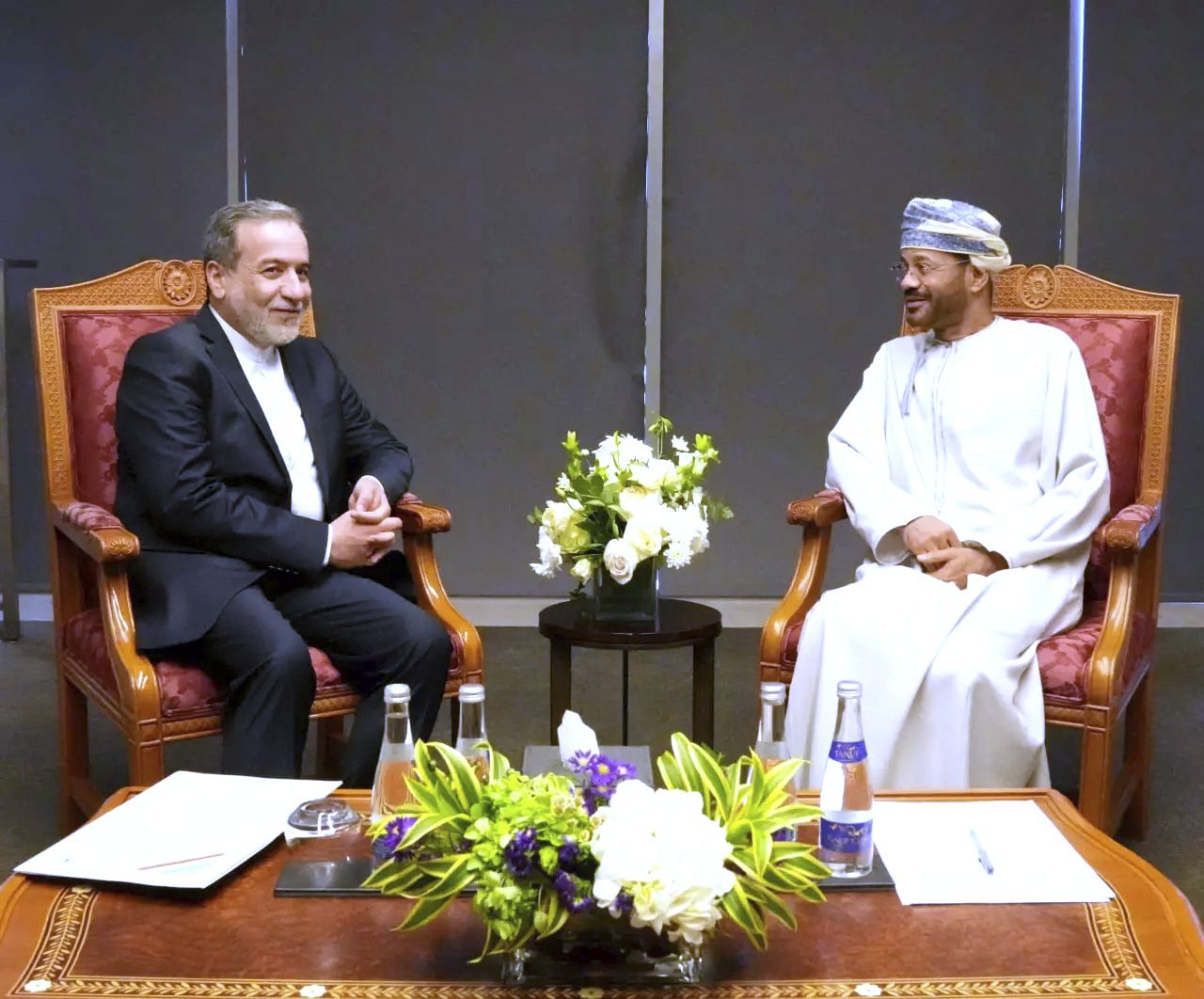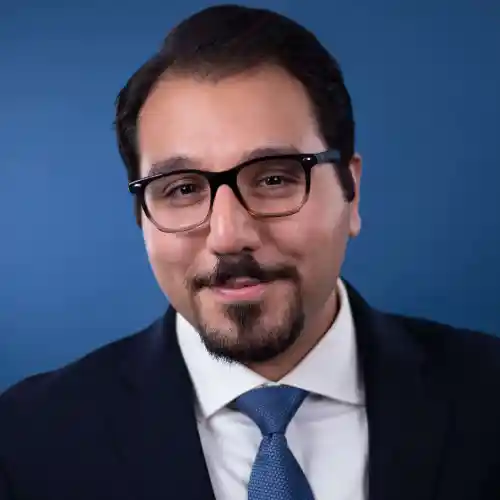Oct 28, 2022
Attack in Shiraz May Herald Fierce Regime Suppression of Protests
The October 28 edition of the Iran Media Review demonstrates how the Iranian regime is taking advantage of an attack claimed by ISIL to fiercely suppress protesters.
On October 26, the Islamic State in Iraq and the Levant claimed an attack on the Shah Cheragh shrine in Shiraz, in central Iran. Despite ISIL claiming responsibility, the Islamic Republic already appears to be taking advantage of the attack as a pretext to fiercely suppress protesters. The question, of course, is if the regime’s fiercer suppression will terrorize the Iranian public and help clear the streets or provoke more people to join the ranks of the protesters.
- October 26: Asr Iran reported 15 people killed and 21 wounded as gunmen attacked the Shah Cheragh shrine in Shiraz, in Fars province.
- October 26: Colonel Raham Bakhsh-Habibi, Fars province Law Enforcement Forces commander, quoted by the Islamic Republic News Agency, said “the main perpetrator involved in the terrorist attack in Shiraz was apprehended and is currently being interrogated … and under medical treatment.”
- October 26: Nour News, unofficial mouthpiece of the Supreme National Security Council, reported the perpetrators of the attack were “not Iranian.”
- October 26: Esmail Mohebipour, Fars province deputy governor general, quoted by Entekhab, said rumors about the perpetrator being “a Bahraini national” were false, as he was in critical condition and could not be interrogated, so his nationality had yet to established.
- October 26: On Telegram, Islamic Revolutionary Guard Corps affiliate Saberin News reported ISIL claimed responsibility for the attack in Shiraz, and Reuters confirmed the report.
- October 26: IRNA quoted President Ebrahim Raisi as saying: “This villainy shall certainly not remain unanswered. The security and law enforcement establishment will, by identifying the supporters of this indiscriminate crime, teach a lesson to those who ordered and planned it.”
- October 26: Ahmad Vahidi, Iran’s interior minister and head of the State Security Council, a standing committee under the Supreme National Security Council, was quoted by IRNA as saying: “Disturbances of the past days were a nuisance to the people, but the enemy is redirecting the nuisance to dangerous paths. The terrorist current took advantage of the circumstances to do its work … The security services will act forcefully and intensely.”
- October 26: Parliamentary Speaker Mohammad Baqer Qalibaf, quoted by Nour News, said the attack was the final straw, and “the noble Iranian nation has proved that it will never withdraw from its revolutionary position when facing such dishonorable conduct.”
- October 27: Supreme Leader Ayatollah Ali Khamenei’s website released his message of condolences to the families of the victims of the attack, in which he emphasized: “We all have our duties when facing the arsonist enemy and his treacherous or ignorant agents … The dear nation and the government agencies will doubtlessly prevail against the treacherous conspiracy of the enemies.
- Major General Mohammad Bagheri, chief of staff of the armed forces, quoted by Entekhab, said “the rioters are partners in crime of the terrorists.”
- October 27: Kayhan newspaper’s lead article asserted: “Although the Zionists are the main source of such crimes, English theory of divide and rule, too, plays a role. At times, BBC Persian may plant the seeds of division and at other times Saudi International television … Had the rioters been dealt with properly, proportionately, and as they deserve, we may not have witnessed yesterday’s incident … Unfortunately, appeasement and forbearance toward rioters … brought us to where we are now.”
- October 27: IRGC mouthpiece Javan accused reformist Iranian politicians of being the main “cause” and “profiteers” of the current crisis.
- October 27: According to Fars News, the perpetrator of the attack, identified as Hamed Badakhshan, died at the hospital as he underwent several surgeries.
The views represented herein are the author's or speaker's own and do not necessarily reflect the views of AGSI, its staff, or its board of directors.
